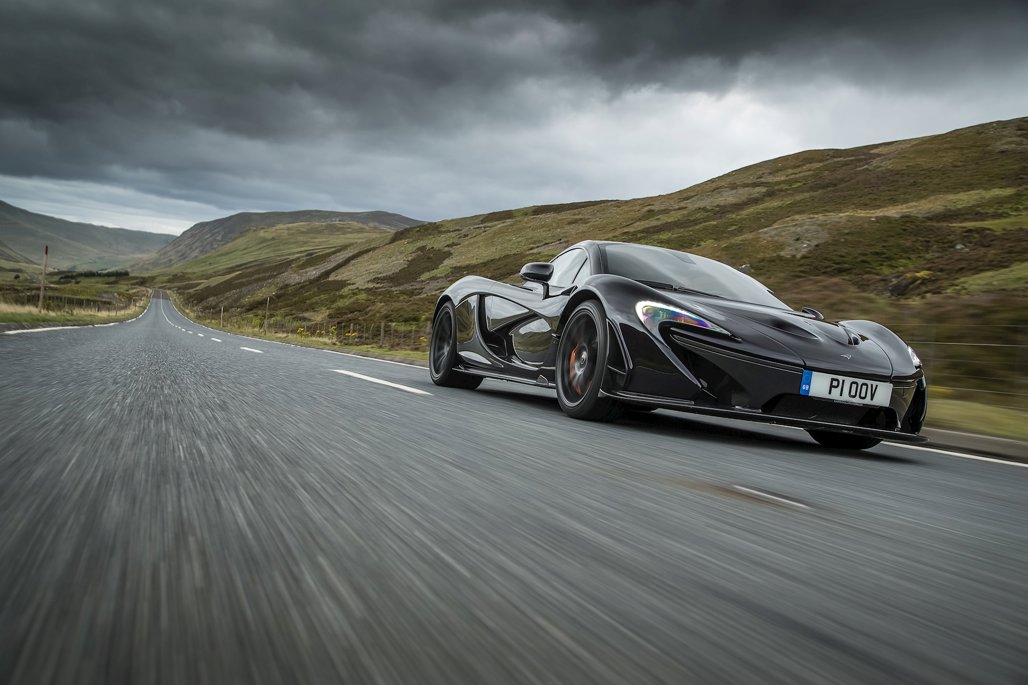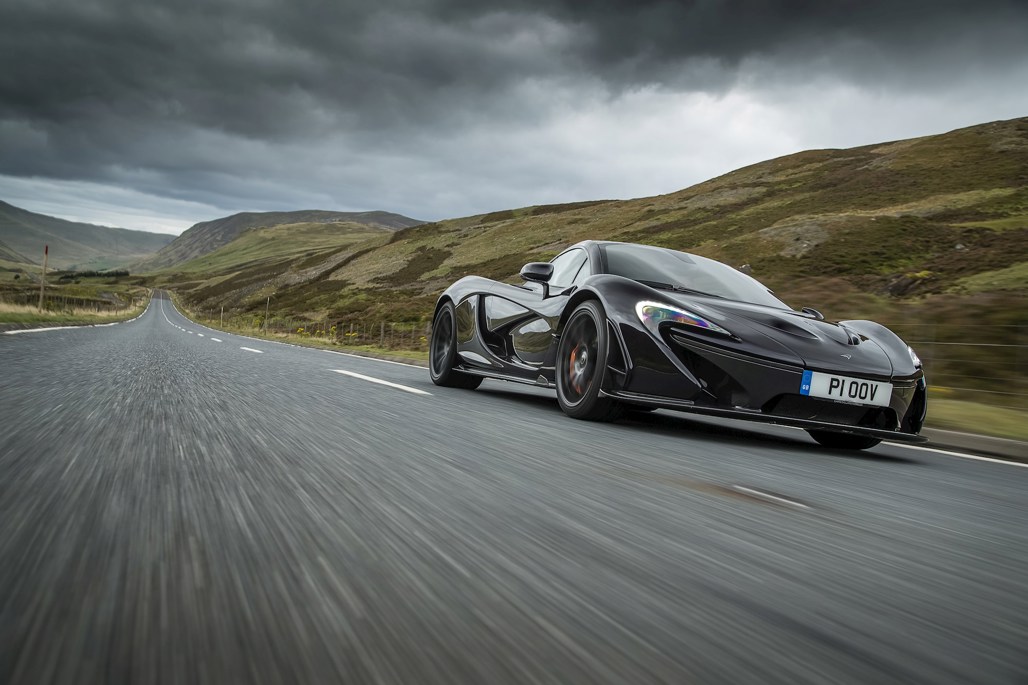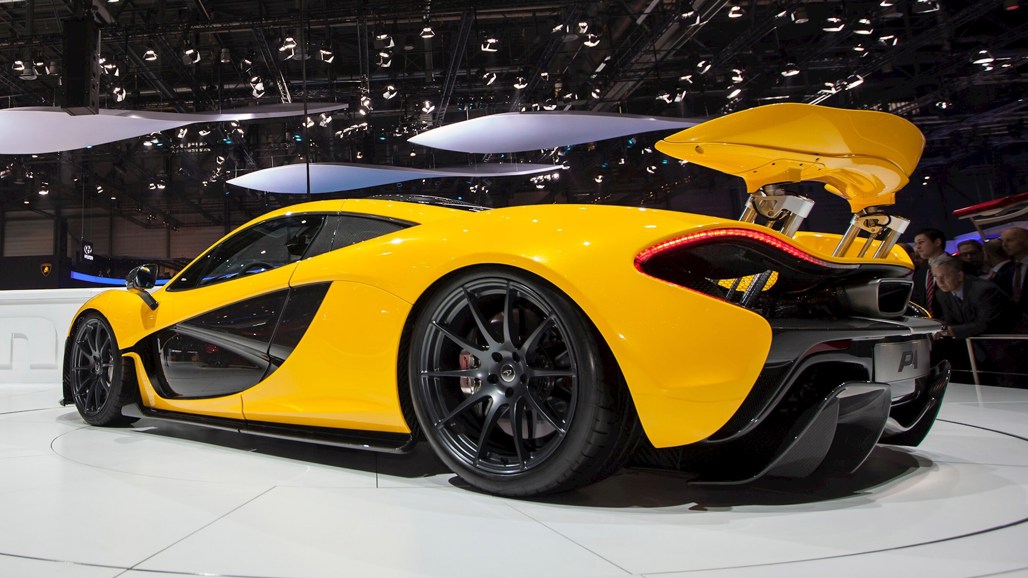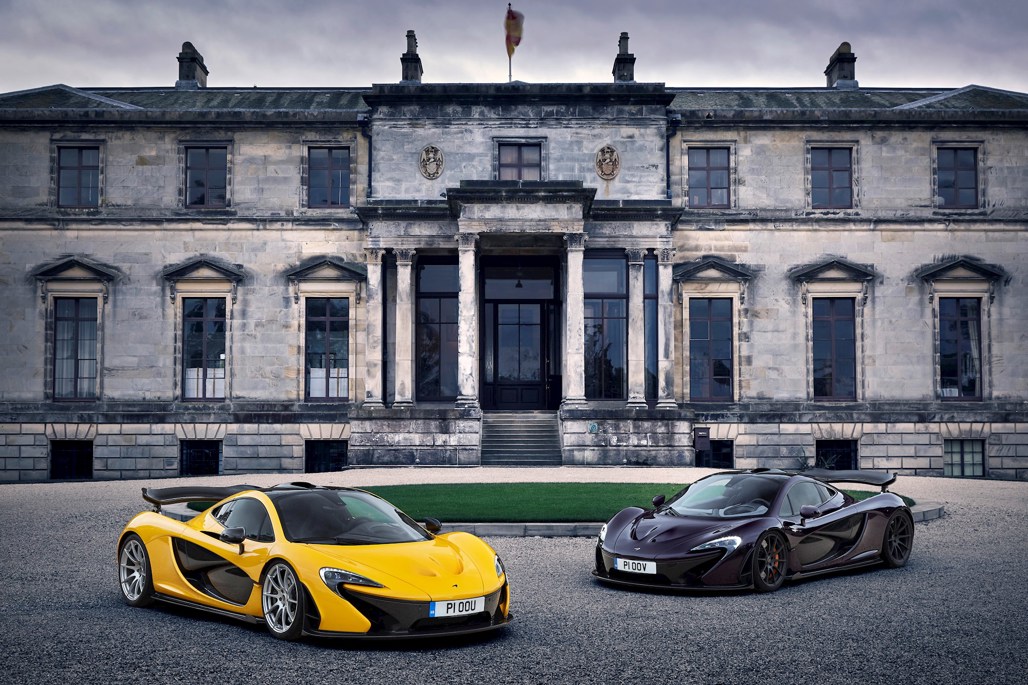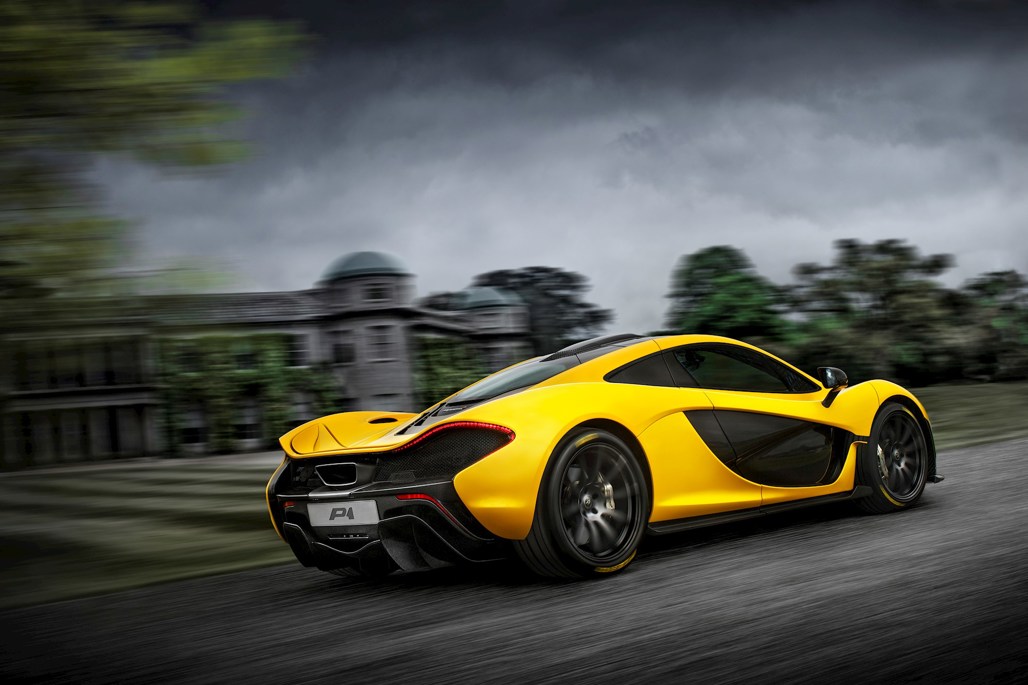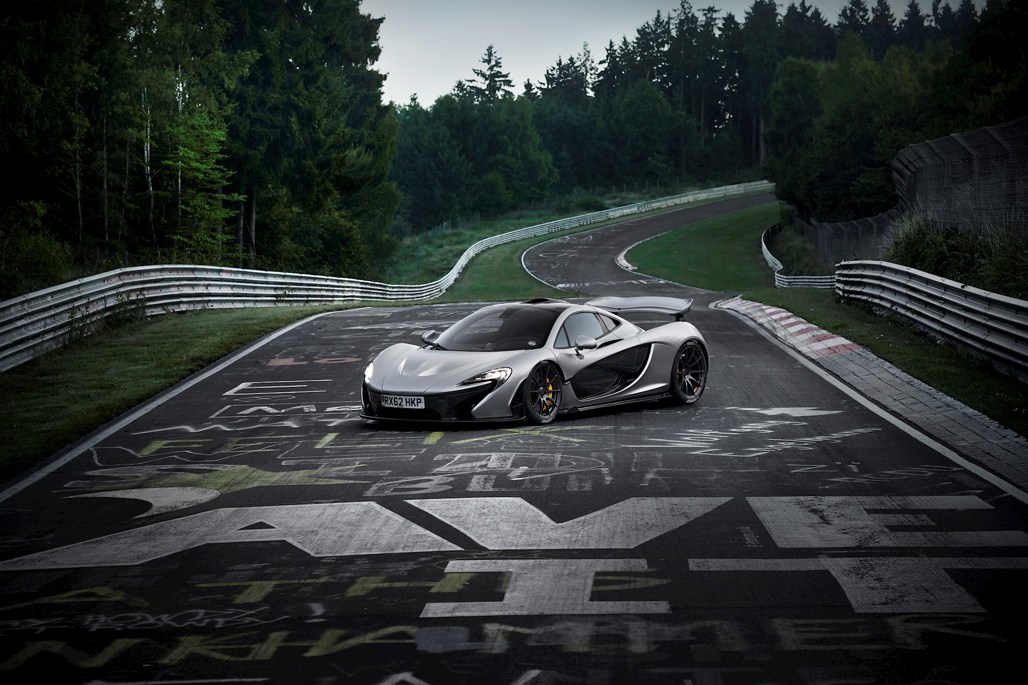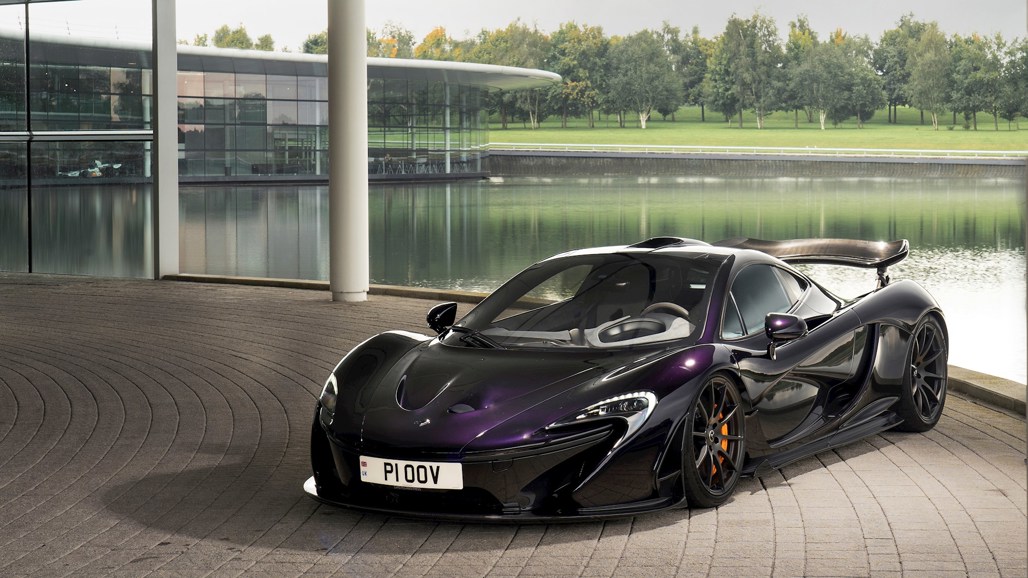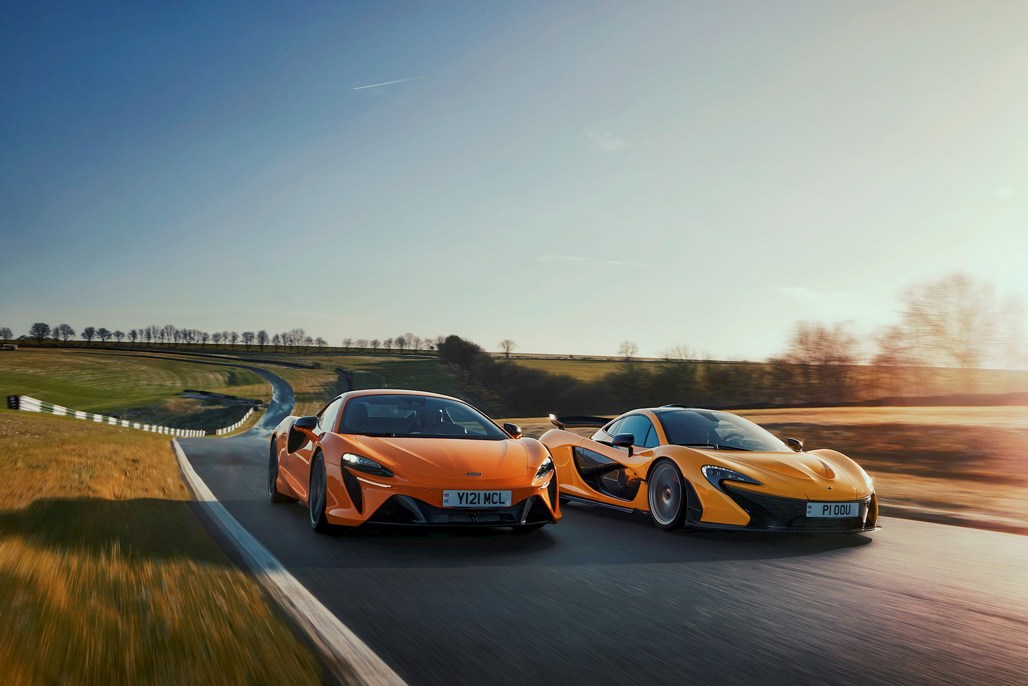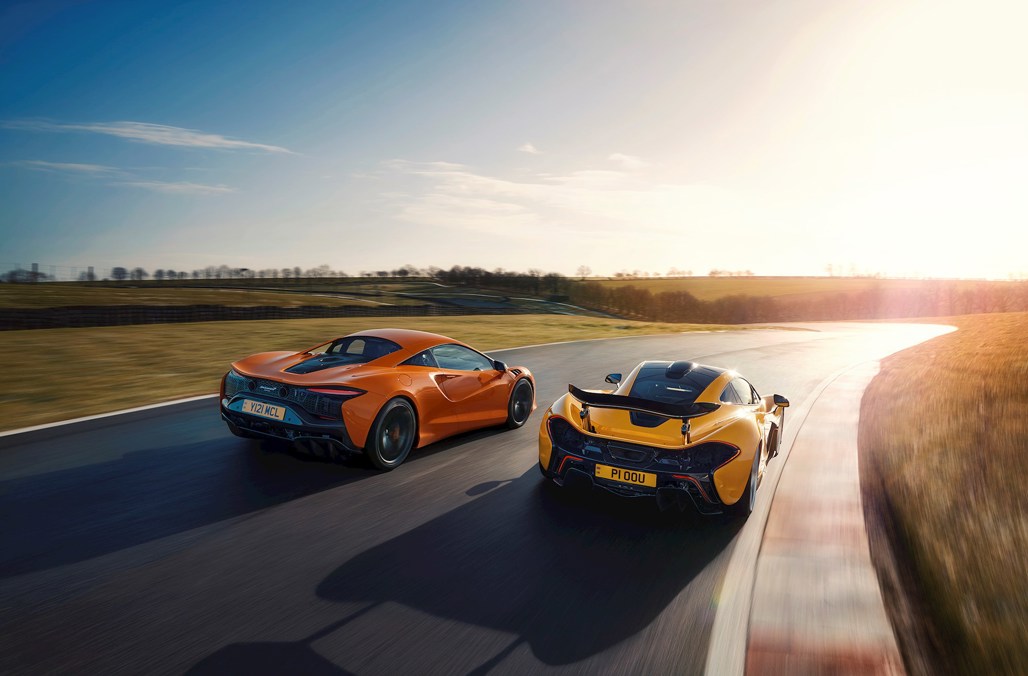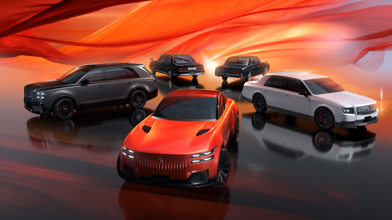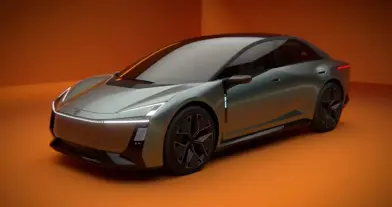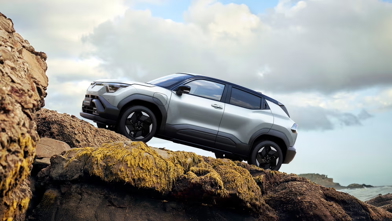Hard to believe, but it's 10 years since McLaren launched the production version of the P1 hypercar at the Geneva Motor Show. It's now recognised as a landmark vehicle for the development of high-performance hybrid cars – including the latest McLaren Artura (pictured with the P1 below).
It was also part of the 'holy trinity' of electrified hypercars launched within a similar timeframe - the other two being the LaFerrari and Porsche 918 Spyder.
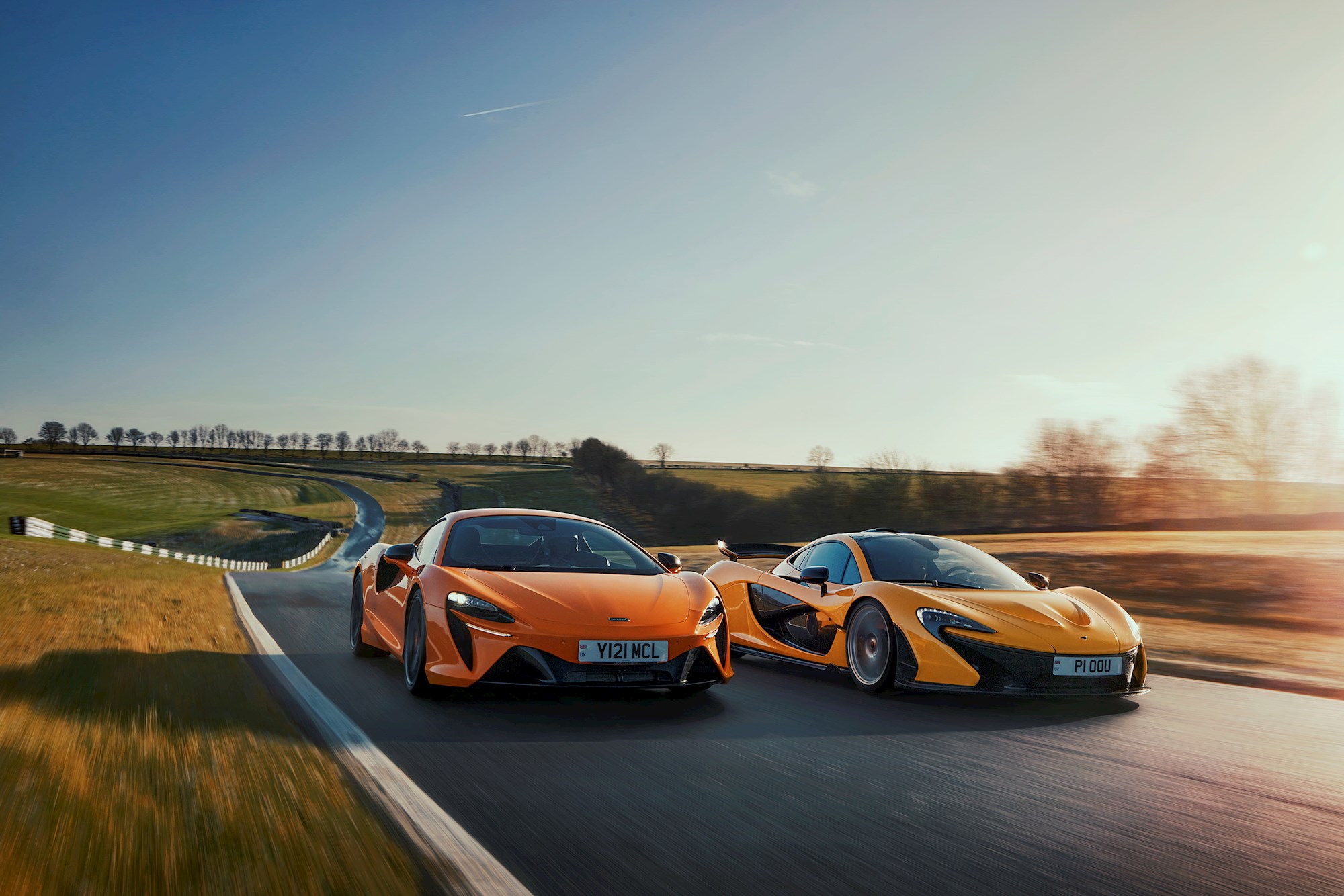
A 3.8-litre, twin-turbocharged V8 engine developing 542kW was combined with a 132kW lightweight electric motor to give a total of 673kW. This delivered levels of performance that are still extreme: 0-100km/h in 2.8 seconds, 0-200km/h in 6.8 seconds and 0-300km/h in 16.5 seconds, a full five seconds quicker than the legendary McLaren F1.
A maximum speed of 350km/h provided a headline, but the torque infill from electric power was more important: it proved that electrification could truly enhance a turbo hypercar engine.
The MonoCage carbon fibre monocoque was a development of the MonoCell structure used in the 12C supercar. DIN weight was 1490kg.
The carbon fibre body panels of the P1 comprised a large clamshell; single-moulded front and rear panels attached to the central MonoCage. The hybrid battery, mounted low inside the carbon fibre MonoCage, weighed just 96kg.
The P1 had no floor carpet – it was deemed unnecessarily heavy – and no sound deadening. The glass was re-engineered to reduce weight – the super lightweight roof glass was chemically toughened, and only 2.4mm thick. The windscreen was just 3.2mm thick, including a plastic interlayer, saving 3.5kg over the 4.2mm-thick screen of the 12C.
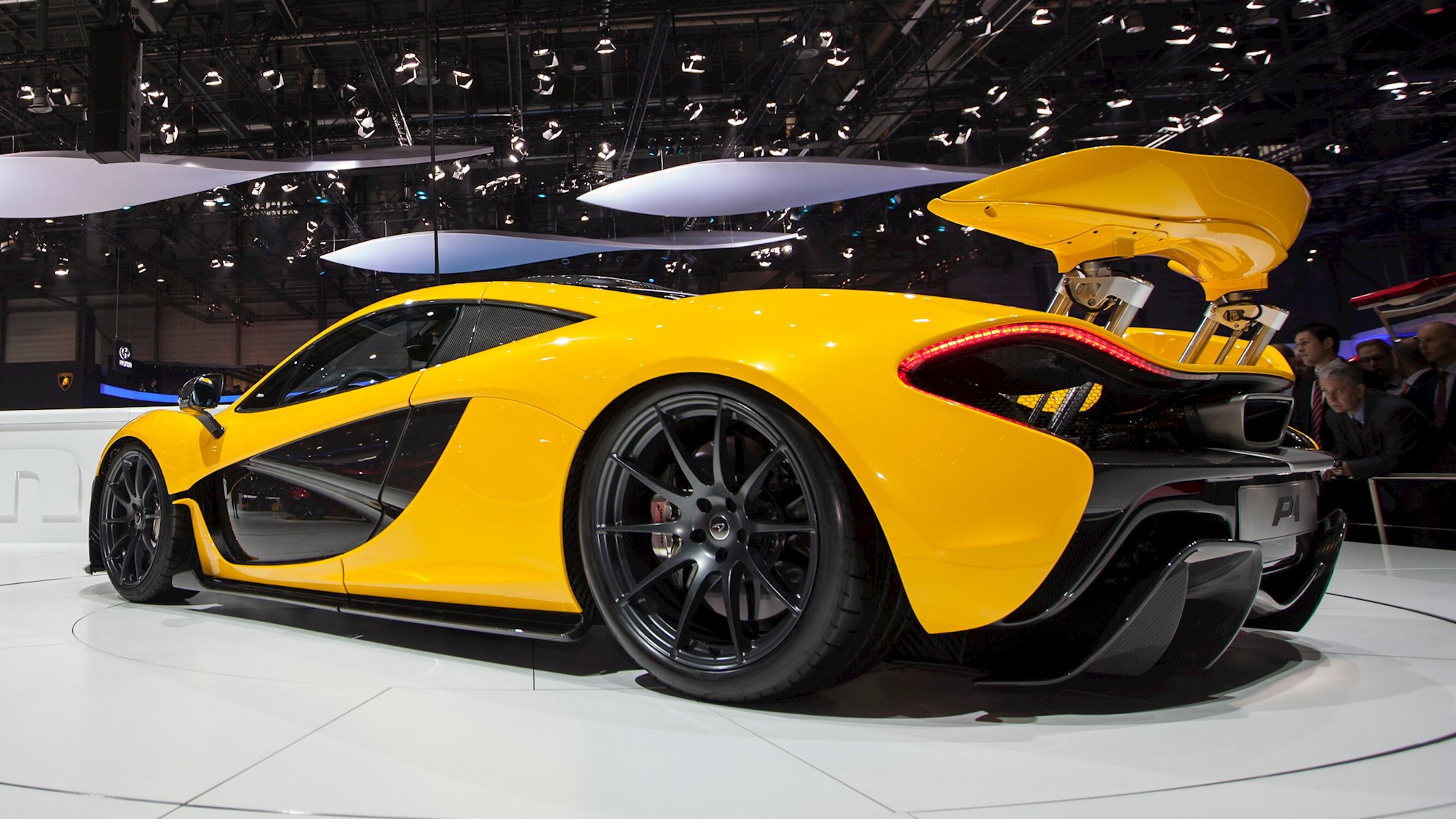
The large rear wing optimised aerodynamics by adjusting automatically. It could extend rearwards by up to 300mm on track, and 120mm on road. This was developed using the same software and methodology as the McLaren Formula 1 team.
A DRS (Drag Reduction System) was integrated into the design to reduce downforce and increase straight-line speed, achieved through the pitch of the rear wing, rather than by using a removable flap.
Build of the first models, in Ice Silver paintwork, finished in September 2013. By November 2013, all 375 cars planned for production had been sold.
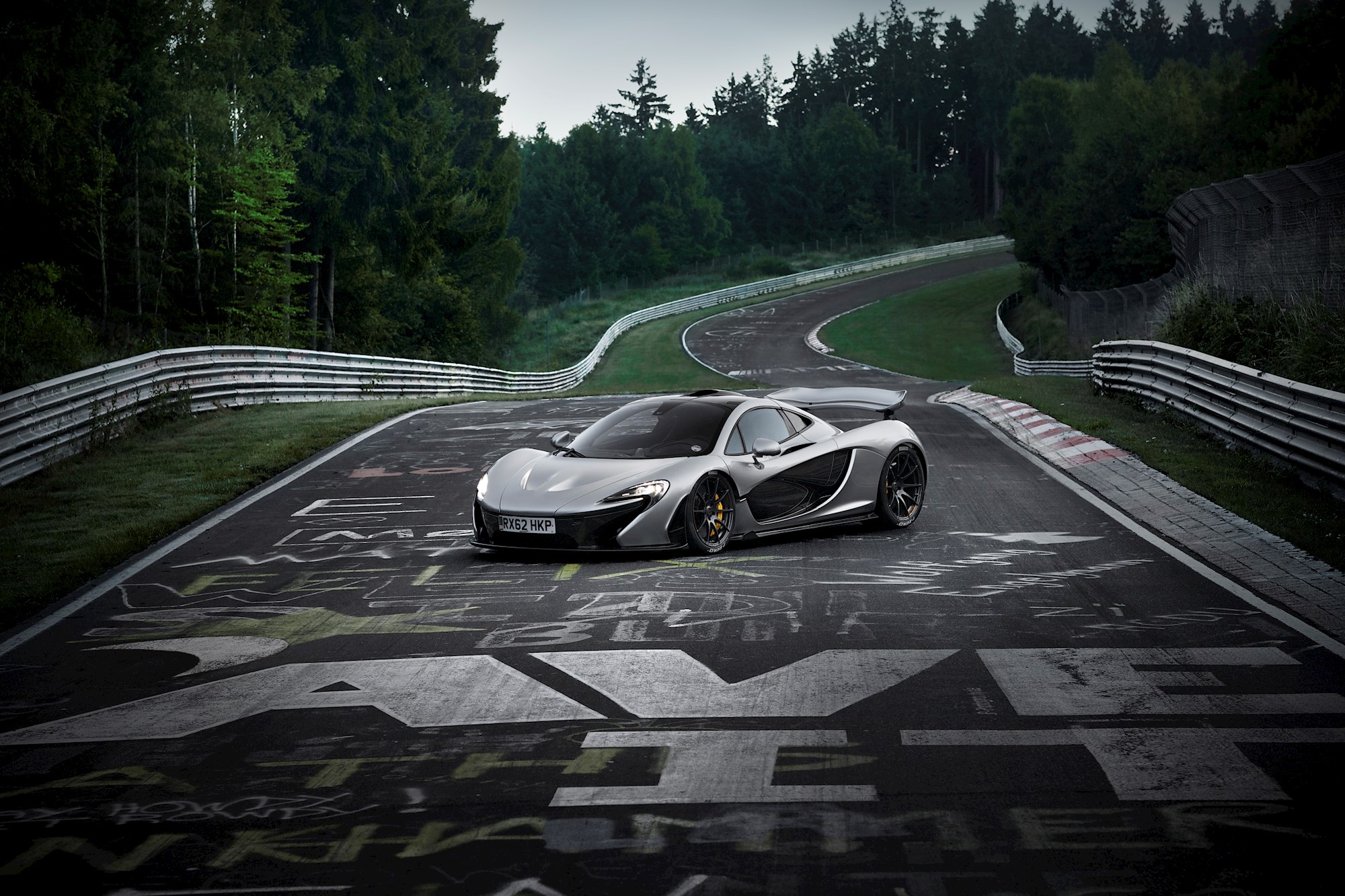
The final customer-ordered car was completed in December 2015; it was painted in pearlescent orange, a colour achieved through a unique tinting process that became available in other McLaren models as Volcano Orange.
This year also marks the 60th anniversary of New Zealand racing driver Bruce McLaren founding the company.
McLaren P1 fast facts
▪ The McLaren P1 can run in full electric zero-emissions mode for short-distance town driving.
▪ In Race mode, it lowers by 50mm and the spring rates stiffen by 300 per cent, allowing the car to corner at more than 2g.
▪ The Formula 1-style Inconel exhaust follows the most direct route from the engine to the back and weighs just 17kg.
▪ The steering wheel diameter of a P1 is as technically precise as a wheel used by McLaren racing drivers: the hand grips of McLaren Formula 1 World Champions were modelled on a CAD system and scanned to produce an exact replica.
▪ Each P1 was custom-built by a team of 82 technicians in a four-stage assembly process. From start to finish, the build of each car took 17 days.
▪ The name comes from Grand Prix racing, "P1" signalling first place on the grid. But it also refers to the McLaren F1, which was initially known as Project 1.

